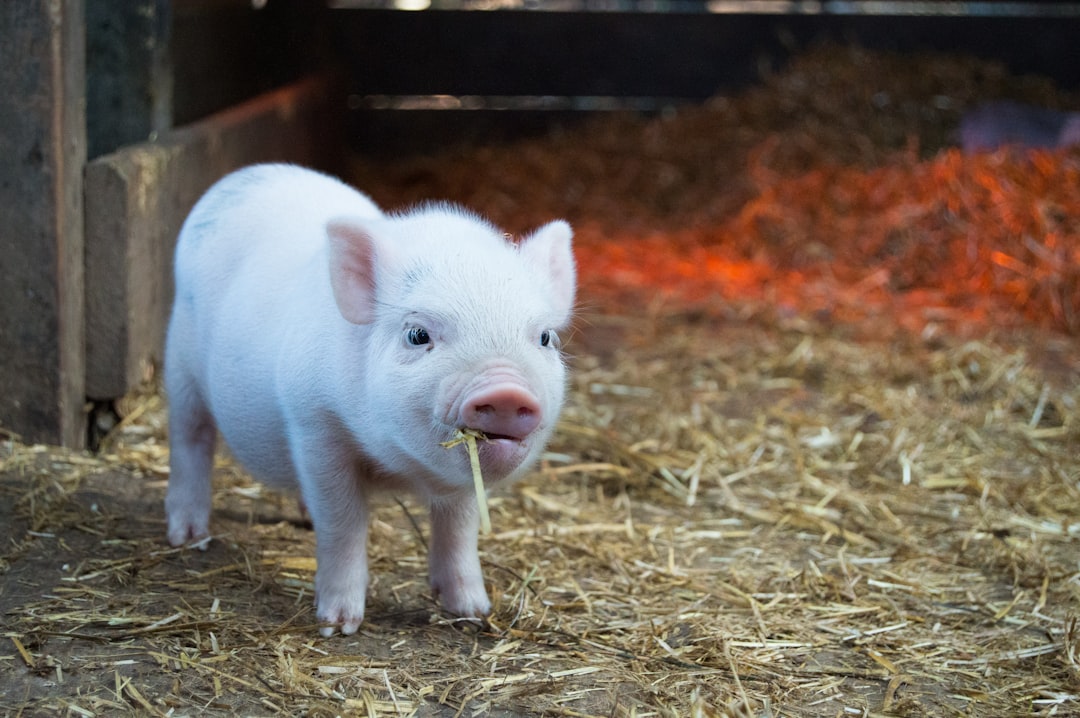Creating a thriving backyard farm is an exciting and rewarding venture that brings together a mix of vegetables, herbs, fruits, and even animals in a harmonious ecosystem. Whether you're looking to reduce your grocery bill, enjoy fresh produce year-round, or simply reconnect with nature, careful planning is key. This post will guide you through the process of designing a multi-layered, sustainable farm right in your own backyard.
1. Start with a Vision and an Inventory
Define Your Goals
Begin by asking yourself what you hope to achieve. Do you want a small retreat to experiment with organic gardening, or are you aiming for a larger, self-sustaining homestead? Your goals will influence the scale and diversity of your farm, from the types of vegetables and herbs to the choice of fruit trees and animals.
Assess Your Space and Resources
Evaluate the available space, sunlight patterns, soil quality, and water access. Sketch a rough layout of your yard to pinpoint areas best suited for different components. This planning stage will help you identify microclimates in your yard, such as sun-drenched spots perfect for tomatoes and peppers, or shadier areas ideal for leafy greens and herbs.
2. Designing a Diverse Planting Scheme
Vegetables and Herbs: Companion Planting
Vegetables and herbs can be effectively integrated using companion planting strategies. For example, basil and tomatoes not only pair well in the kitchen but also benefit each other in the garden. Plan your vegetable beds with crop rotation in mind to maintain soil health and prevent pests and diseases. Mixing in herbs like rosemary, thyme, and oregano can repel insects and attract beneficial pollinators.
Fruit Trees and Shrubs
Fruit trees and shrubs add vertical interest and a perennial harvest to your backyard farm. When selecting varieties, consider local climate conditions, available space, and pollination requirements. Planting fruit trees at the edge of your garden can create natural windbreaks and provide partial shade for underplantings. Interplanting with compatible shrubs or groundcover can also enhance biodiversity and reduce weed growth.
3. Integrating Animals into Your Farm
Choosing the Right Animals
Animals such as chickens, ducks, rabbits, or even bees can play a pivotal role in a backyard farm ecosystem. They provide valuable services like pest control, fertilization, and even pollination. For instance:
-
Chickens help manage insect populations and produce nutrient-rich manure.
-
Bees boost the pollination of fruit trees and flowering plants.
-
Rabbits can be raised for meat or as part of a composting system.
Animal Housing and Management
Plan dedicated spaces for your animals that are secure, well-ventilated, and easy to clean. Consider rotational grazing or movable coops to ensure animals have access to fresh pasture while contributing to soil fertility. Always check local regulations and zoning laws to ensure compliance with any restrictions regarding livestock.
4. Creating Synergy with Permaculture Principles
Designing with Nature in Mind
Using permaculture principles can help create a balanced and self-sustaining backyard farm. Focus on creating diverse plant layers—tall fruit trees, mid-height shrubs, and low-growing herbs—that mimic natural ecosystems. Incorporate elements like compost bins, rainwater harvesting, and natural mulching techniques to maintain soil moisture and fertility.
Water and Soil Management
Plan for efficient irrigation systems that cater to both plants and animals. Drip irrigation or soaker hoses can minimize water waste, while raised beds or swales can help manage drainage and prevent erosion. Healthy soil is the foundation of any successful farm, so consider regular soil testing and the use of organic fertilizers to maintain a nutrient-rich environment.
5. Putting It All Together: A Sample Layout
Imagine a backyard divided into distinct zones:
-
Zone 1: Closest to your home for quick access, featuring a kitchen garden with vegetables, herbs, and a few fruit-bearing plants.
-
Zone 2: A larger plot with a mix of fruit trees and berry shrubs, interspersed with taller vegetables.
-
Zone 3: A dedicated area for animal housing, with movable coops or pens that can easily be integrated with composting systems.
-
Zone 4: Wild or semi-natural areas that act as buffers and support local wildlife, contributing to a healthy ecosystem.
Conclusion
Planning your backyard farm to integrate vegetables, herbs, fruits, and animals is a dynamic process that merges creativity with sustainability. By assessing your space, designing a diverse planting scheme, and thoughtfully incorporating animals, you can build an ecosystem that thrives on interdependence and natural balance. Embrace the challenge, experiment with layout ideas, and enjoy the journey toward a more self-sufficient and connected way of living.

Comments
No comments yet. Be the first to comment!
You must be logged in to comment. Login